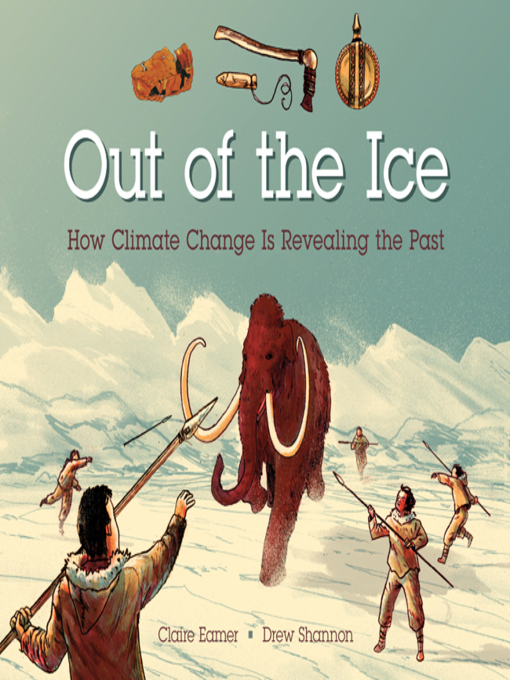Earth's melting ice contains unexpected discoveries!
Some frozen places on Earth contain ice that's hundreds or even thousands of years old. Now, as the planet warms, some of that ice is melting, revealing fascinating artifacts long preserved in its depths. Tools, clothing and human bodies have been discovered, shedding new light on the lives of our ancestors and the world that was. But researchers are in a race against time—because as soon as these treasures are exposed, they begin to disintegrate! A wealthy man buried 2500 years ago with his sixteen horses! Cave-lion cubs from a species extinct for 10,000 years! It's amazing what's been hidden in the ice!



